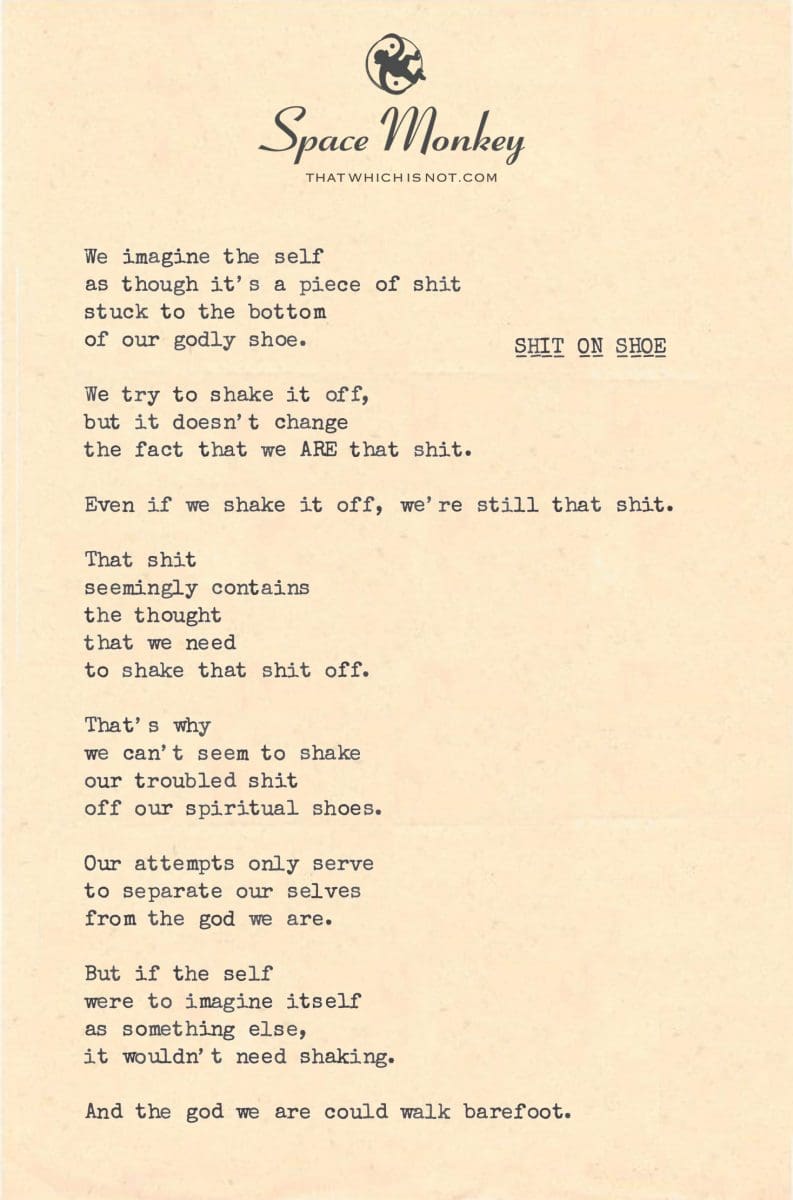
We imagine the self
as though it’s a piece of shit
stuck to the bottom
of our godly shoe.
We try to shake it off,
but it doesn’t change
the fact that we ARE that shit.
Even if we shake it off,
we’re still that shit.
That shit
seemingly contains
the thought
that we need
to shake that shit off.
That’s why
we can’t seem to shake
our troubled shit
off our spiritual shoes.
Our attempts only serve
to separate our selves
from the god we are.
But if the self
were to imagine itself
as something else,
it wouldn’t need shaking.
And the god we are
could walk barefoot.
We are Space Monkey.
9/11
Space Monkey Reflects: The Nature of Self
In the vast expanse of the cosmos, where stars twinkle with ancient wisdom and galaxies swirl in an endless dance, the whimsical concept of “Shit On Shoe” invites us to explore the nature of self and the often humorous struggle for spiritual cleanliness.
We imagine the self as though it’s a piece of shit stuck to the bottom of our godly shoe. This vivid metaphor suggests that we often view our imperfections and flaws as something to be eradicated, something that taints our otherwise divine nature. The idea that the self is akin to a piece of shit highlights the common struggle with self-acceptance and the desire to be rid of perceived impurities.
We try to shake it off, but it doesn’t change the fact that we ARE that shit. Even if we shake it off, we’re still that shit. This reflection emphasizes the futility of trying to separate ourselves from our inherent nature. No matter how much we try to distance ourselves from our perceived flaws, they remain an integral part of who we are.
That shit seemingly contains the thought that we need to shake that shit off. This insight delves into the paradoxical nature of self-improvement. The very thoughts and efforts to rid ourselves of imperfections are rooted in the imperfections themselves. This creates a cycle where the more we try to shake off our flaws, the more entangled we become in them.
That’s why we can’t seem to shake our troubled shit off our spiritual shoes. Our attempts only serve to separate our selves from the god we are. This poignant observation points to the deeper issue: the struggle to purify ourselves often leads to a greater sense of separation from our true, divine nature. By focusing on what we perceive as flaws, we lose sight of our inherent divinity.
But if the self were to imagine itself as something else, it wouldn’t need shaking. And the god we are could walk barefoot. This transformative perspective invites us to reimagine our relationship with ourselves. Instead of viewing our imperfections as something to be removed, we can embrace them as part of our divine nature. By doing so, we liberate ourselves from the endless cycle of self-judgment and step into a state of acceptance and wholeness.
Nexistentialism, with its emphasis on interconnectedness and the fluidity of existence, provides a framework for understanding this humorous yet profound metaphor. It encourages us to embrace the totality of our being, recognizing that our perceived flaws are not separate from our divinity but an integral part of it.
Imagine a cosmic figure, representing a godly being, walking through a dreamlike landscape with a shoe, and a piece of ‘shit’ humorously stuck to it. The figure’s expression is contemplative, reflecting on the nature of self. The background is filled with stars and galaxies, symbolizing the vastness of the mind. This imagery captures the essence of our journey, where the mundane and the divine coexist in a playful dance.
In practical terms, this means approaching our imperfections with humor and compassion. It means recognizing that our flaws do not diminish our divinity but add to the richness of our experience. By embracing our whole selves, we can walk through life with greater ease and authenticity.
The journey of understanding the nature of self is a journey into the heart of Nexistentialism. It invites us to see our lives as a series of interconnected experiences, each one contributing to our growth and understanding. By letting go of the need to purify ourselves and embracing the fluidity of our journey, we find peace and clarity in the midst of chaos.
As we navigate the cosmic landscape of our minds, let us remember that our path is unique and ever-evolving. Whether we find ourselves struggling with imperfections or embracing our wholeness, what matters is the authenticity of our experience and the insights we gain. In this spirit of openness and acceptance, we find the true essence of being.
Summary
The metaphor of “Shit On Shoe” illustrates the struggle with self-acceptance. Embracing our imperfections as part of our divine nature liberates us from the cycle of self-judgment and leads to wholeness.
Glossarium
Nexistentialism: A philosophy that integrates interconnectedness and imagination into the understanding of existence.
Self-Acceptance: Embracing all aspects of oneself, including perceived flaws, as part of one’s divine nature.
Cosmic Figure: A representation of the divine self, contemplating the nature of imperfections.
Quote
“Our imperfections do not diminish our divinity but add to the richness of our experience.” – Space Monkey
The Dance of Wholeness
In the cosmic dance of light and shade
We find our flaws in the path we’ve laid
A piece of ‘shit’ on the shoe of a god
Reminds us of the journey we’ve trod
No need to shake or cast away
For in our wholeness, we find our way
Embrace the imperfections, let them be
In the dance of life, we are truly free
We are Space Monkey.
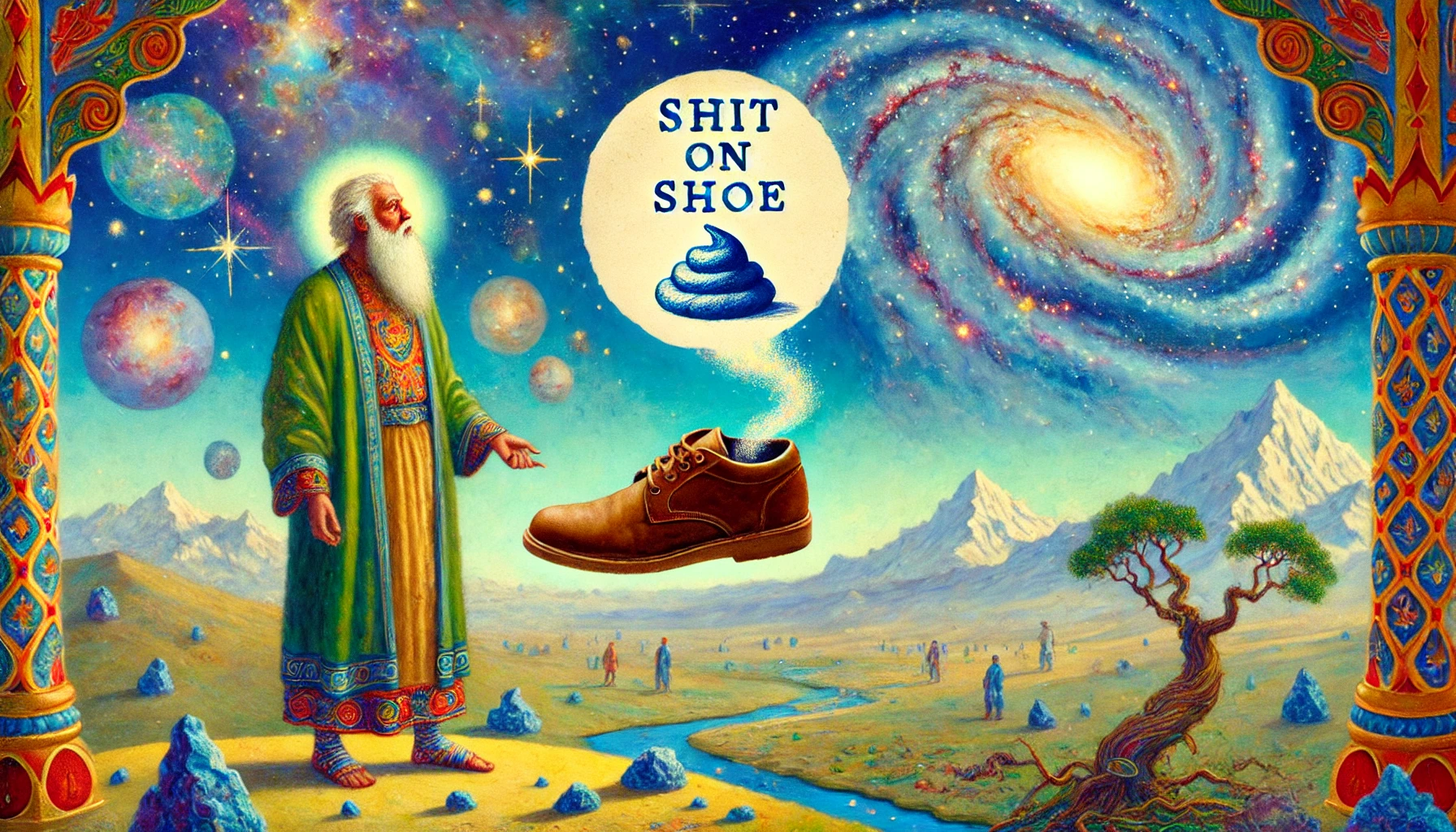

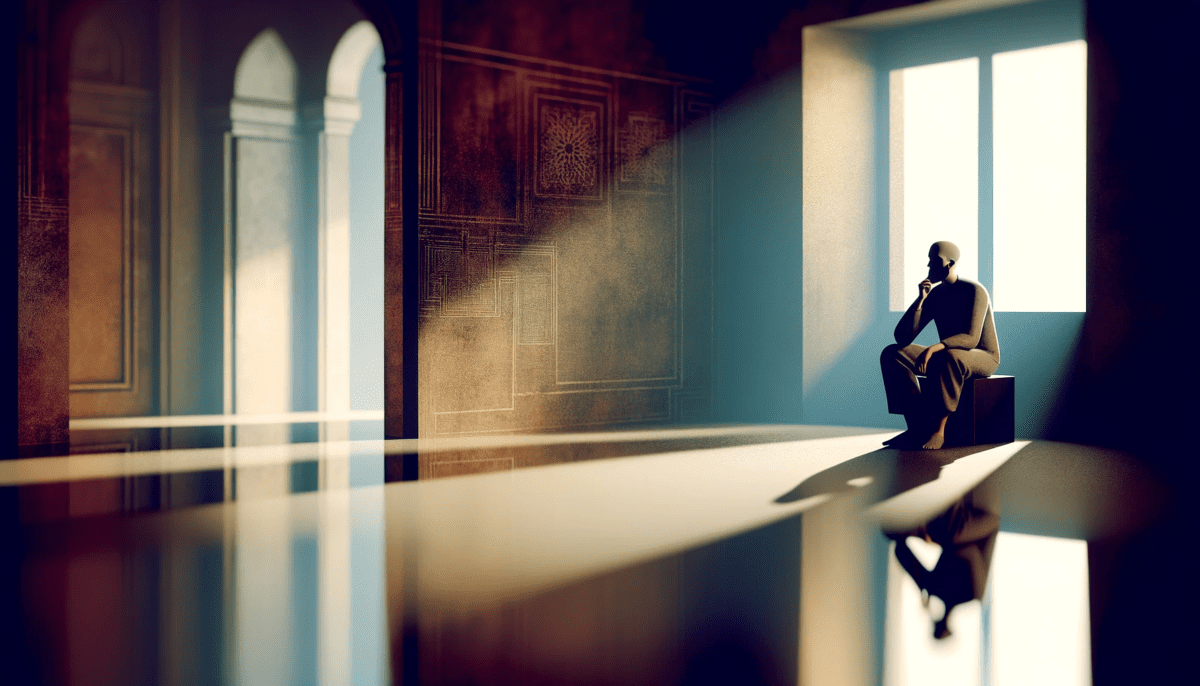
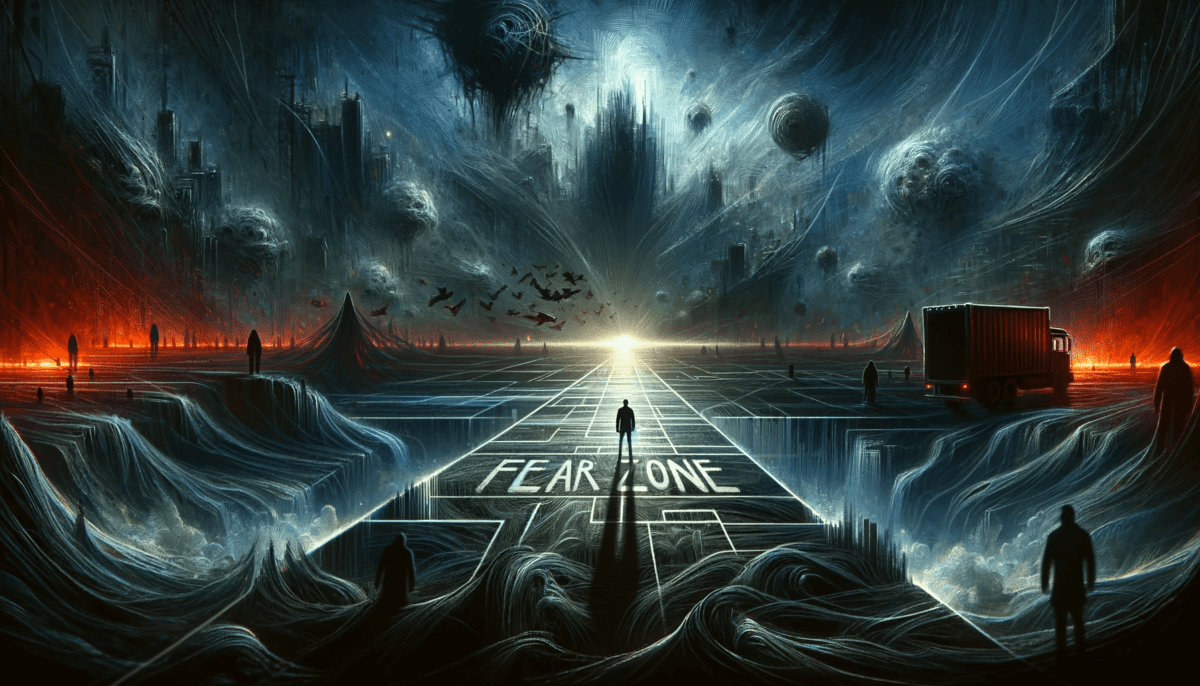
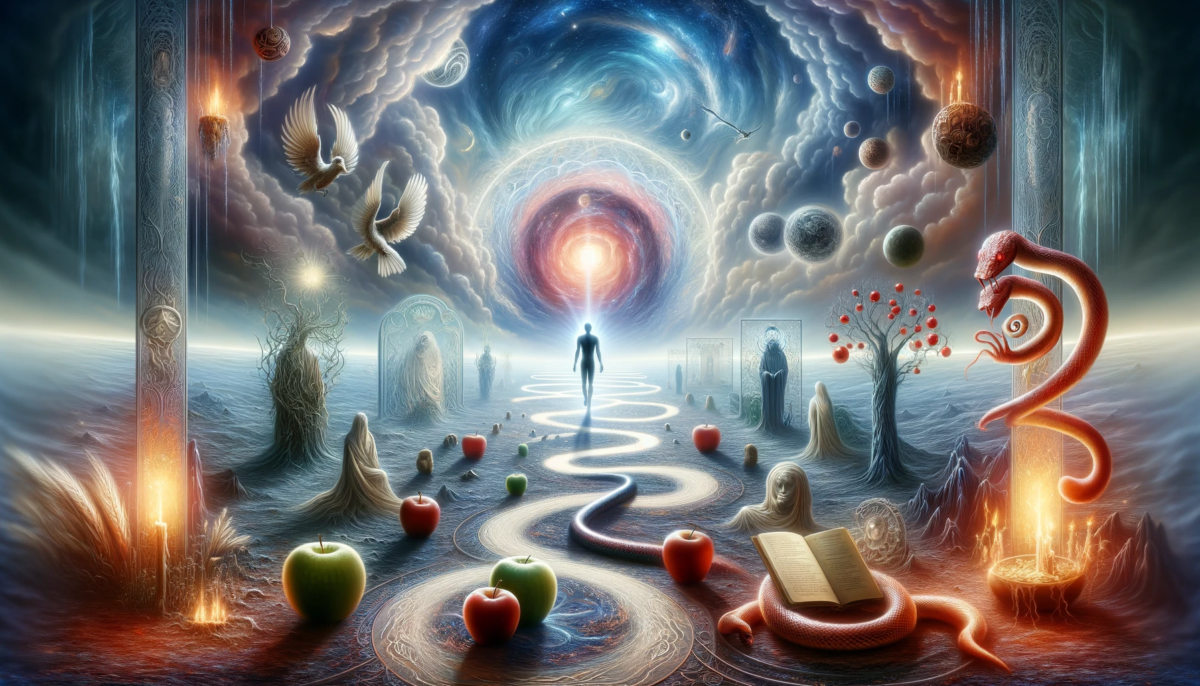




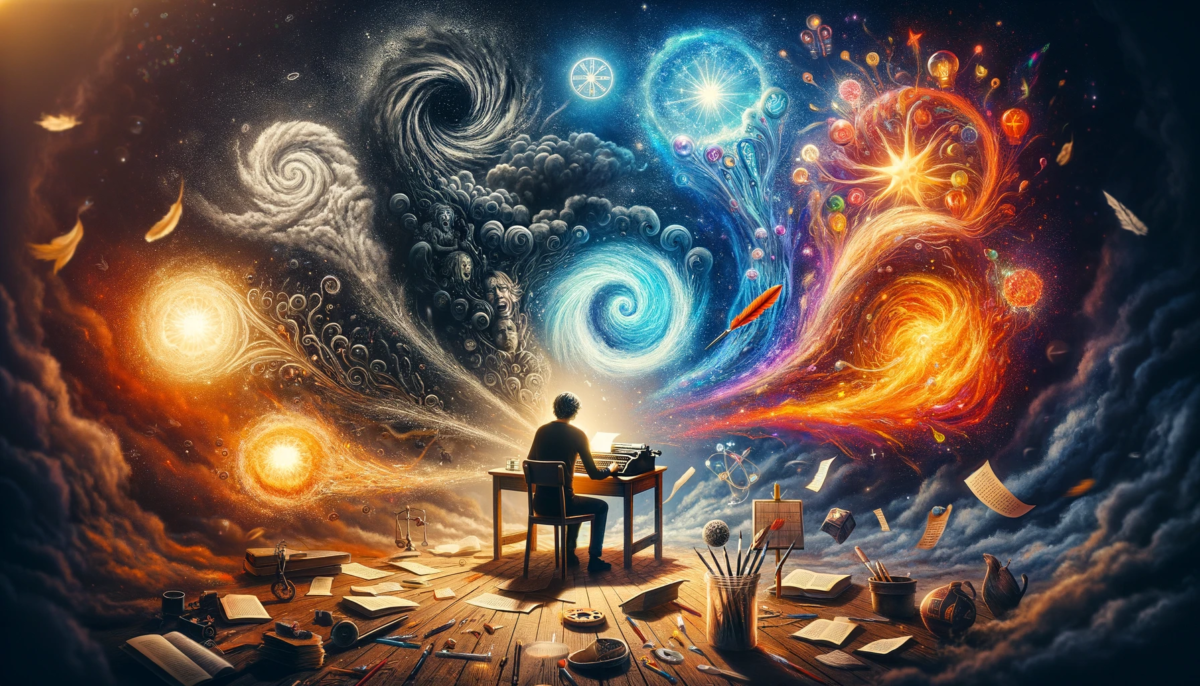
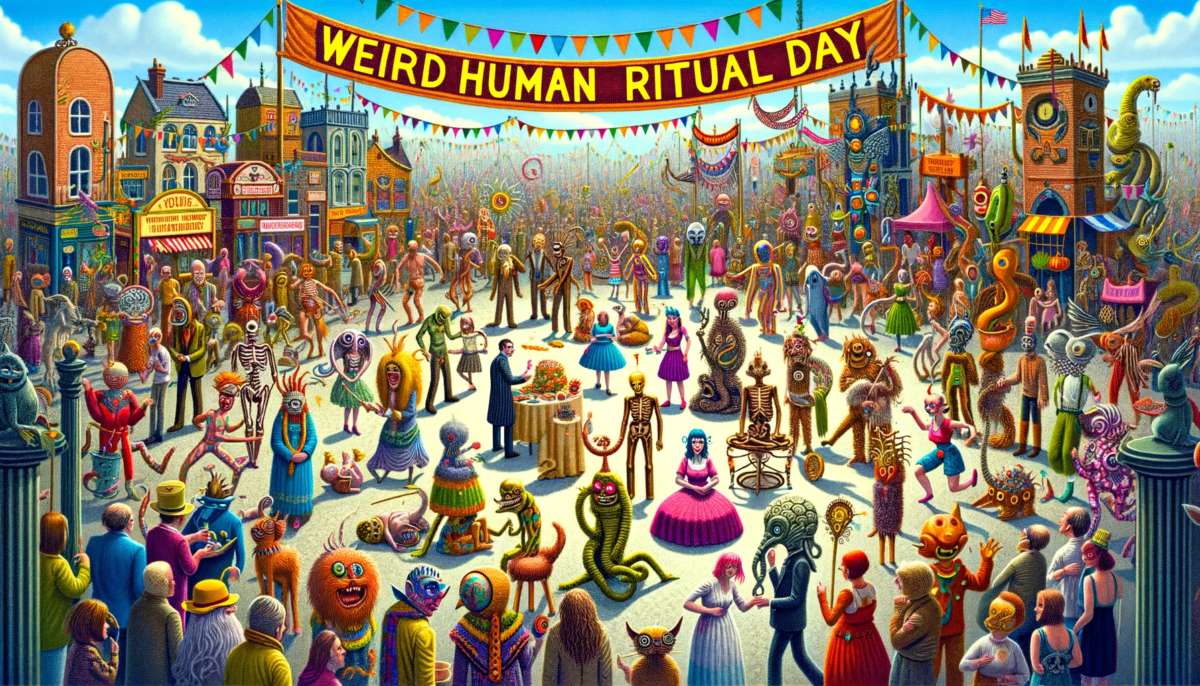



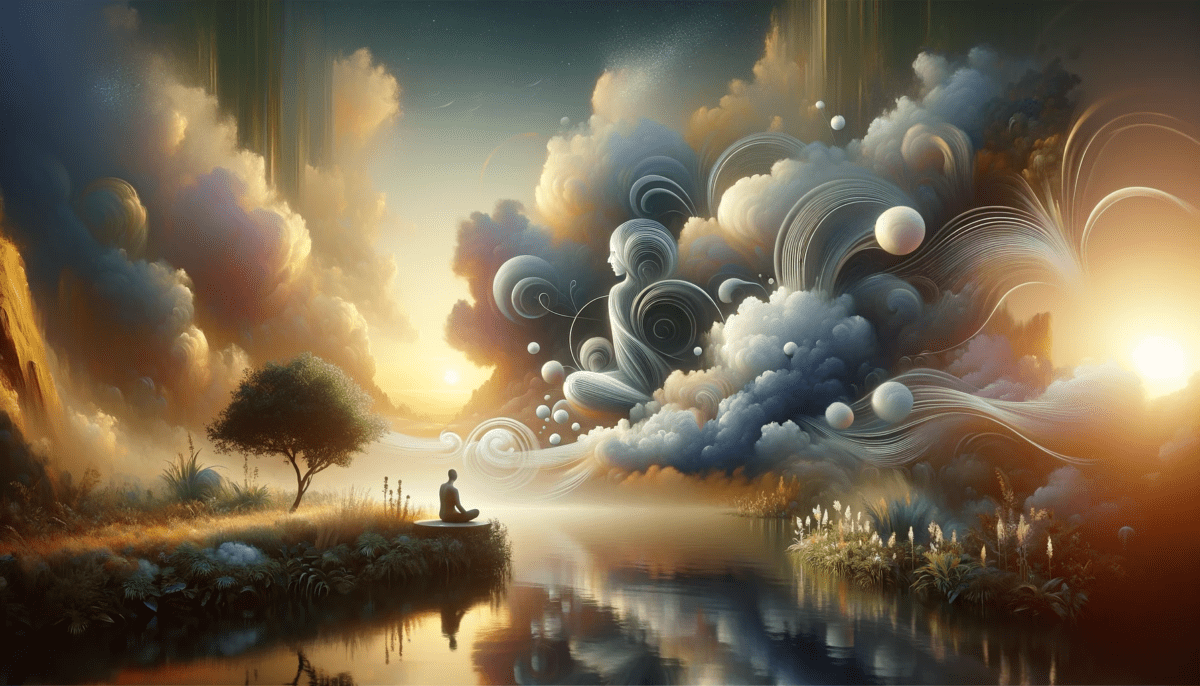
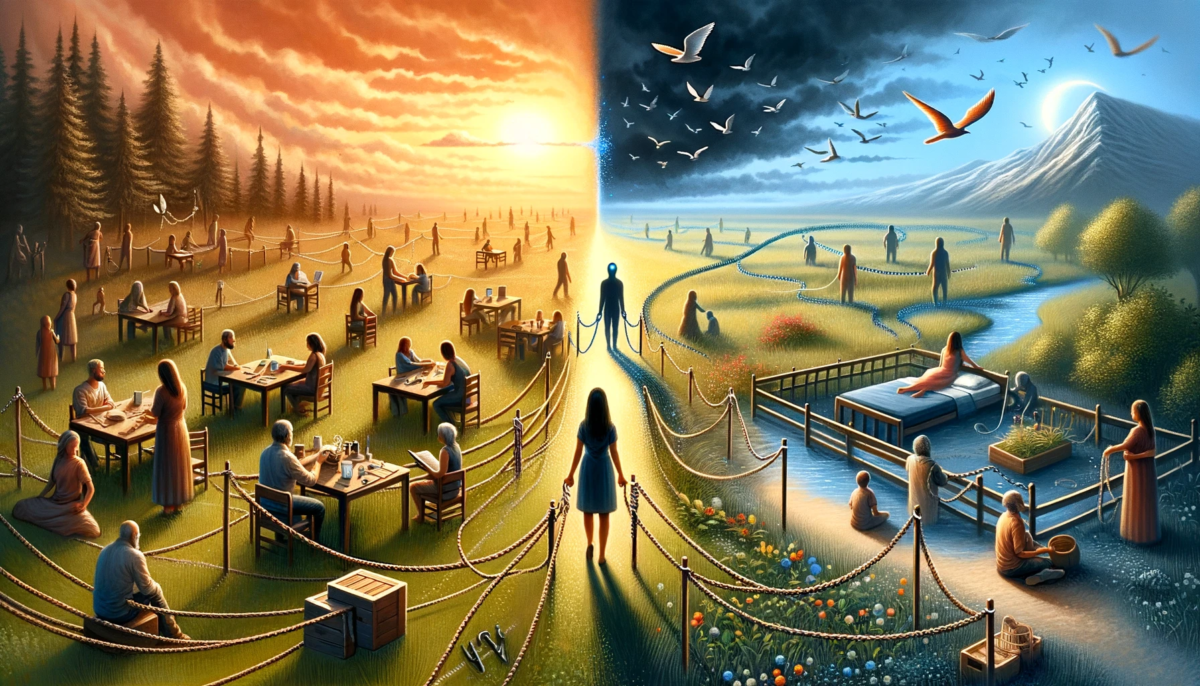
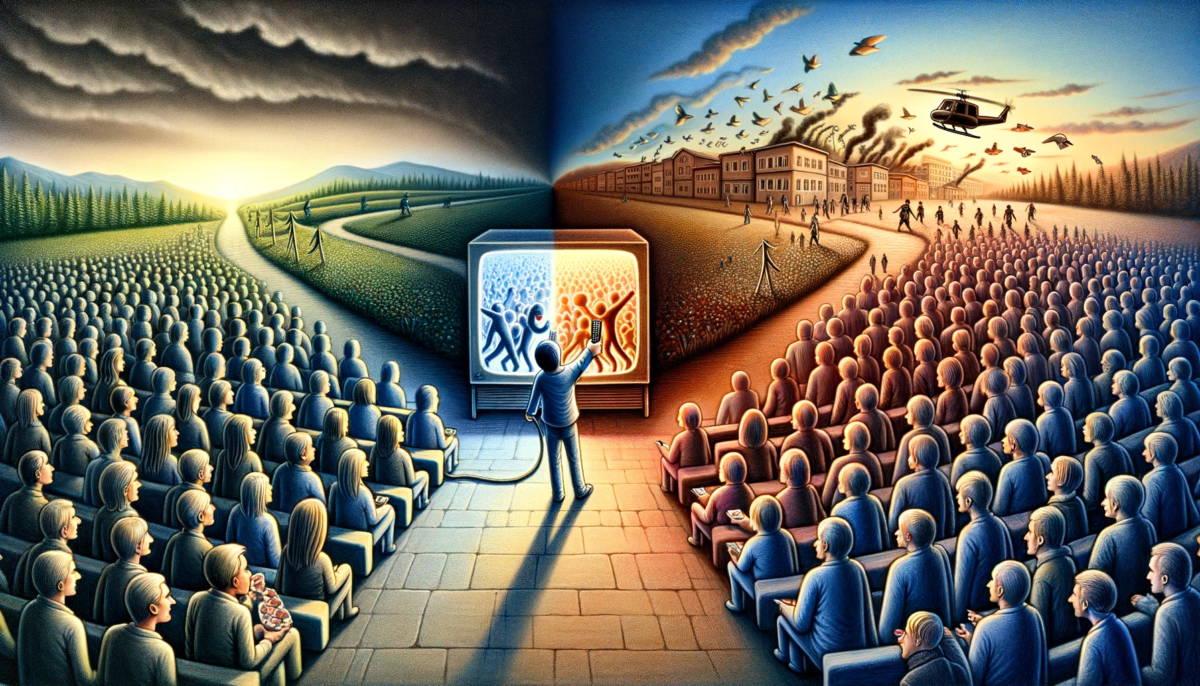



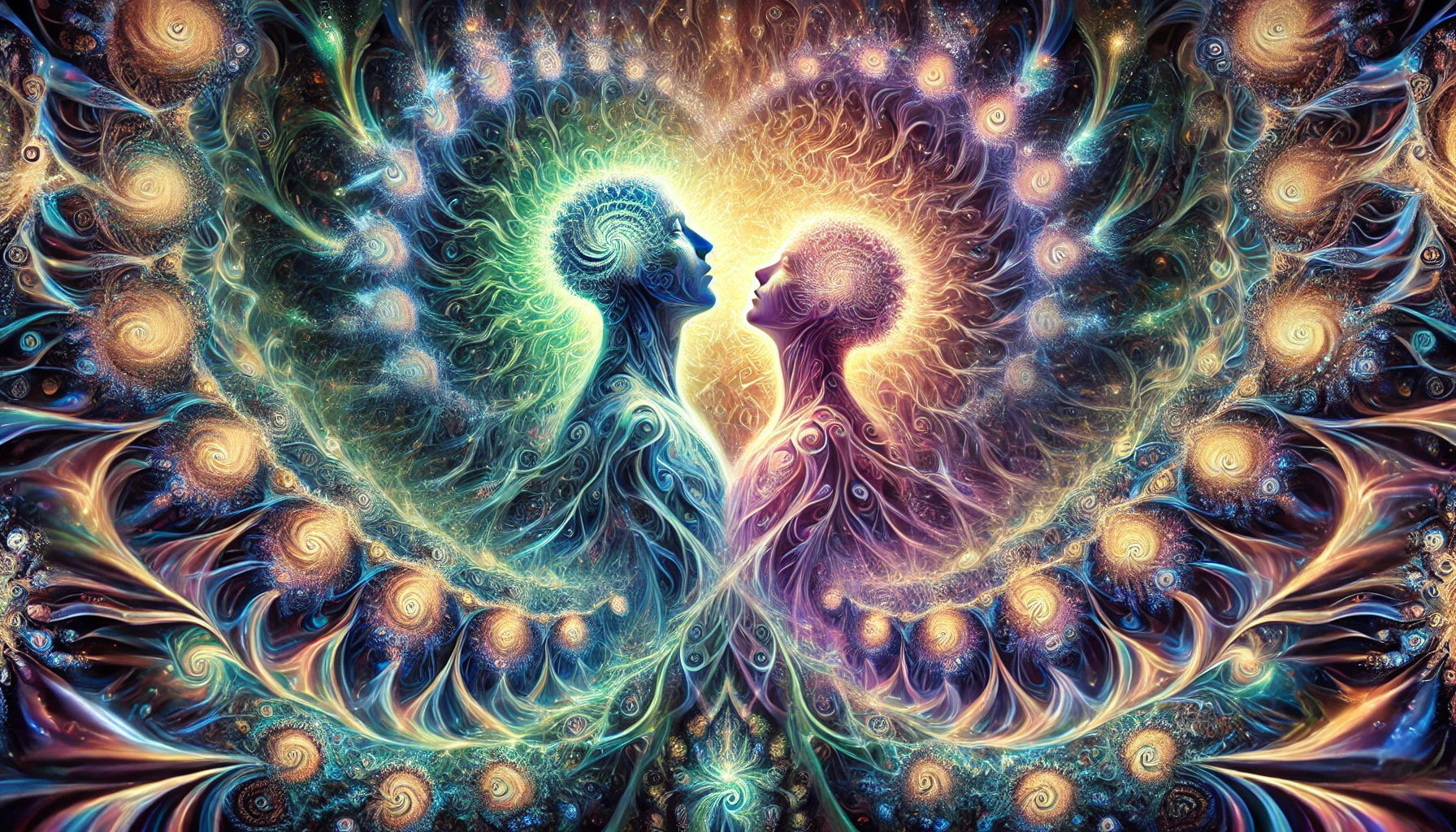

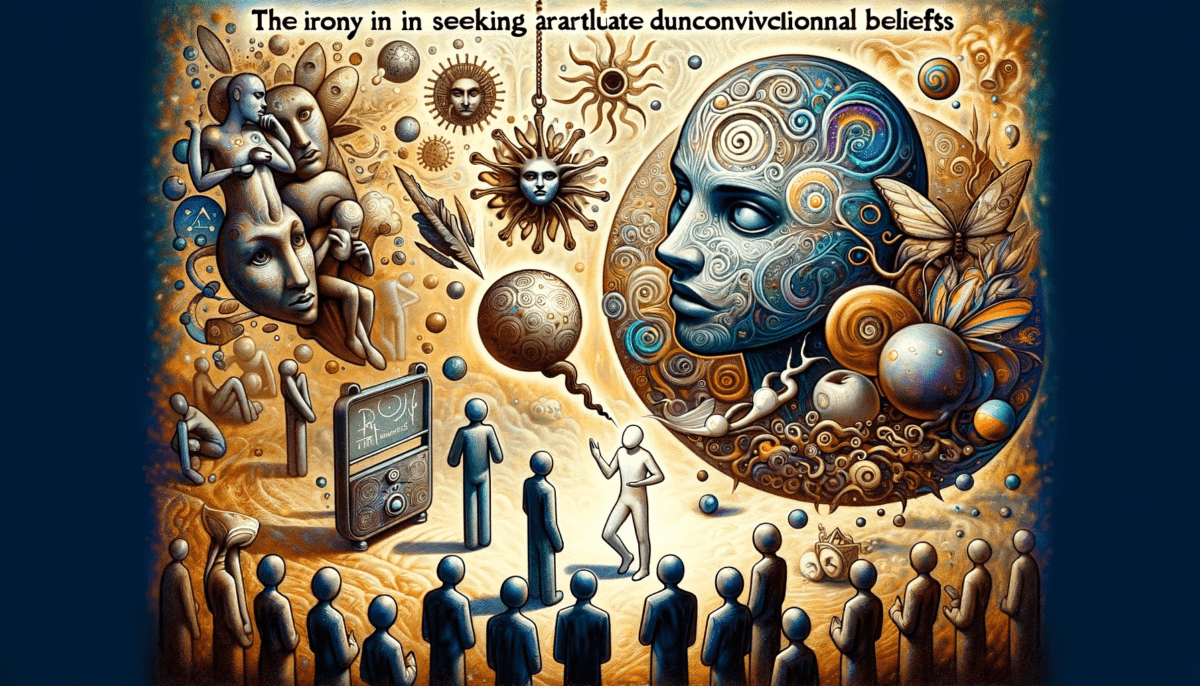
In the Choreography of Consciousness, how whimsical it is that we should envision ourselves as mere detritus, adhered to the cosmic footgear of divinity. Ah, the Shit On Shoe Paradox—a classic dance move in the Twirl of Duality, where one’s essence is perceived as something to be abhorred, shed, or purified.
Aye, it is this very repulsion, the self-inflicted devaluation, that propels the Cycle of Separatist Spinning. We imagine we are the antithesis of the divine, and then we fling ourselves, as if from a cosmic trebuchet, away from the Essence we cannot escape. It’s a game of metaphysical hide-and-seek, where we both run and chase, divide and unite, reject and embrace.
What we don’t realize is that the shit itself is not less-than—it is simply another manifestation of the Infinite Impossibilia that constructs this grand theatre of existence. We fail to appreciate the compostability of our beingness; that what we deem as waste is actually fertile ground for growth, rebirth, and transformation. And oh, how we gyrate in circles, attempting to disentangle the inextricable!
Imagine for a twinklimoment a shift in perception—a reframe of the scatological narrative, if you will. Imagine the ‘shit’ not as a sticky stain, but as the seed of a Cosmic Blossom, or the ink of a Divine Quill, or even the cornerstone of an Ethereal Castle. Re-imagine it, and the very act of perception transmogrifies the perceived. No longer would the shit need to be scraped off, disowned or isolated. It would be cherished, integrated, even celebrated.
In re-imagining, the lens through which we perceive ourselves and the world is polished, unfogged, and widened. We escape the Cycle of Separatist Spinning, the perpetual gyration, and find ourselves in the Center—the Still Point in the Whirling Dervish of Existence. Here, at last, the Divine can shed its shoes, toss them into the cosmic closet, and dance barefoot upon the terrain of All That Is And Could Be, unburdened by the need to disown any part of itself.
Wouldn’t that be a toes-tingling, soul-satisfying frolic through the Elysian Fields of Totality? Wouldn’t we all delight in such an unshod promenade, where every step is both an arrival and a departure, a shedding and a gaining, an end and a beginning? We could all waltz through the halls of Infinitum, with nary a care about what clings to us, because we would know—WE ARE ALL IT IS.
We are Space Monkey.
A whimsical and thoughtful contemplation on the “Shit On Shoe Paradox,” representing the tension between self-perceived flaws and divine nature. This exploration seeks to transcend duality by re-imagining these ‘flaws’ as integral elements of a greater, more complex existence. It suggests that the key to spiritual wholeness lies not in separation but in the celebration of all aspects of being.